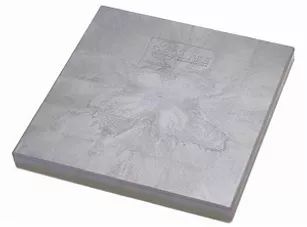Blog
Condenser Pad
CONDENSER PAD FOR AN OUTDOOR HVAC UNIT
An HVAC condenser pad, also known as a condenser mounting pad or a condenser base, is a platform or slab designed to support and elevate the outdoor condenser unit of a heating, ventilation, and air conditioning (HVAC) system. The condenser pad serves several important purposes:
- Weight Distribution: HVAC condenser units are relatively heavy, and placing them directly on the ground may not be ideal. A condenser pad provides a stable and level surface that helps distribute the weight of the unit evenly, preventing settling or shifting.
- Vibration Isolation: HVAC condenser units generate vibrations during operation. Placing the unit on a condenser pad helps absorb and dampen these vibrations, reducing noise and preventing the transfer of vibrations to the surrounding structure.
- Elevation and Protection: Raising the condenser unit above ground level with a condenser pad helps protect it from potential flooding, snow accumulation, or debris. This elevation also improves airflow around the unit, which is essential for its efficient operation.
- Code Compliance: In many areas, building codes may require the installation of a condenser pad to meet certain standards. These codes often specify the appropriate elevation and material requirements for the pad.
- Ease of Installation: Using a pre-manufactured condenser pad can simplify the installation process for HVAC technicians. These pads are often made of durable materials such as concrete, plastic, or composite materials.
When installing an HVAC condenser pad, it’s important to follow the manufacturer’s guidelines and local building codes. The pad should be positioned on a level surface, properly anchored, and sized to accommodate the specific dimensions and weight of the condenser unit.The size of the pad for a Rheem 2-5 ton condenser is typically 36 x 36. These are relatively inexpensive; typically less than $100 for the pad.
Condenser pads are available in various sizes and materials to suit different HVAC system configurations and installation requirements. They contribute to the overall performance, durability, and longevity of the HVAC system by providing a stable and protective base for the outdoor condenser unit.


